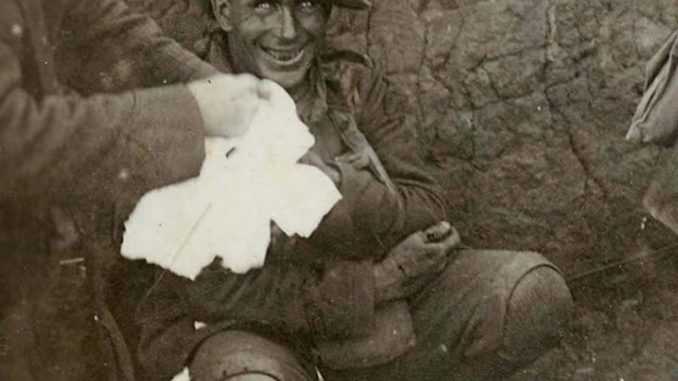
My interest in Stefanie Linden’s book had two primary motivations. Firstly, I’m conducting research on the connection between morale and combat fatigue/breakdown within the 56th (London) Division during the Great War. I was intrigued by how combat stress, or “shellshock” as it was termed then, continued to affect soldiers after the conflict. Secondly, I had the privilege of interviewing Linden for the Western Front Association’s Mentioned in Dispatches Podcast (episode 34). In that interview, we discussed her 2017 book, They Called It Shell Shock, which delved into the psychological consequences of combat stress among servicemen in the British and German armies during the Great War. Naturally, I was eager to read her latest publication, which offers a comprehensive and insightful examination of the aftermath of World War I, with a specific focus on the emotional and mental impacts on soldiers and civilians in both Britain and Germany. I wholeheartedly recommend it.
Linden, a former NHS consultant psychiatrist and historian, has meticulously researched her book. It presents a series of chapters covering a wide array of topics, from the interment of the Unknown Warrior in London to the societal upheaval in post-war Berlin. The book skilfully contrasts the solemn remembrance in Britain with the turbulent political climate in Germany, providing readers with a nuanced comprehension of the complexities of the era.
One of the book’s standout features is its exploration of drug addiction among veterans, particularly in the context of post-war Berlin. The narrative vividly portrays the dire circumstances that drove many veterans, like Friedrich S., to seek solace in substance abuse, highlighting the deficiencies of the contemporary medical establishment in addressing this crisis.
Linden delves deeply into the psychological scars left by the war, affecting both those who served and those who remained at home. The book effectively illustrates the widespread impact of ‘shell shock,’ the societal and legal challenges faced by veterans who turned to criminal activities, and the ethical dilemmas in treating psychological trauma.
The book’s exploration of civilian experiences, especially those of women and children, adds a significant dimension to the narrative. It sheds light on the evolving gender roles during and after the war and the psychological toll of the conflict on non-combatants, including the challenges faced by prisoners of war.
Another intriguing comparison lies in how the medical systems of both countries sought to address the psychological casualties after the war. The British system, although offering modest pensions and lacking structured occupational opportunities for veterans, retained a culture of honouring war heroes and providing a sense of national gratitude. This cultural recognition aided many British veterans to some extent in coping with their trauma. In contrast, the German system, though more generous in its welfare provisions, lacked public support and gratitude towards veterans. German soldiers were often viewed as reminders of a lost war and faced resentment and exclusion. This societal attitude, combined with the psychiatric profession’s tendency to label traumatized soldiers as ‘psychopaths’ or ‘constitutionally weak,’ compounded the difficulties faced by German veterans in reintegrating into post-war society.
In conclusion, this work is essential reading for anyone interested in comprehending the profound and enduring effects of World War I. It makes a valuable addition to the historiography of the war, offering a well-rounded and empathetic portrayal of its psychological legacy.

